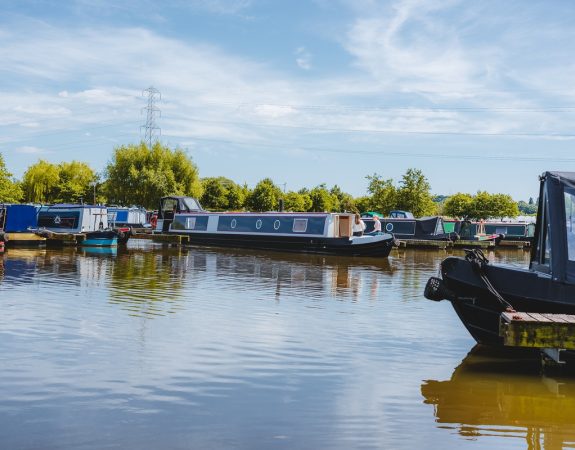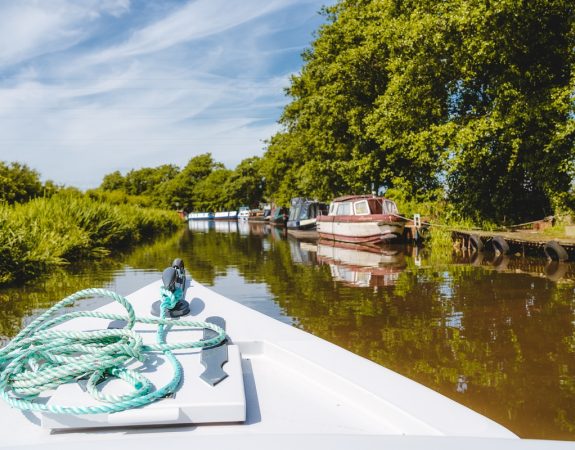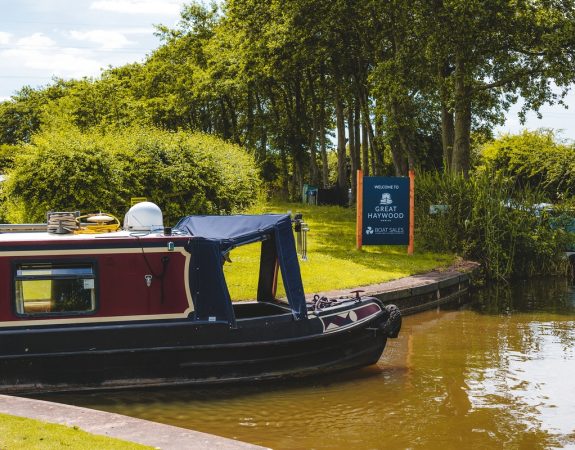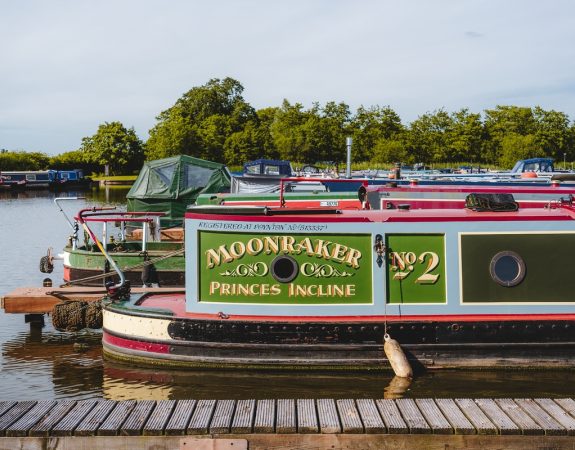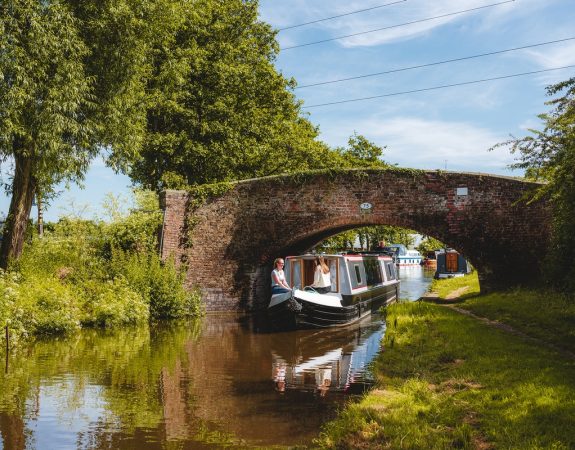
Your guide to the
We are often asked about the RCD and the RCR by prospective boat buyers, and recently, this has been a hot topic within the Inland Waterways.
Following brokers asking for further clarification, a legal review was carried out and clear guidance has been issued by British Marine in June 2024.
The Recreational Craft Directive is a hugely complex subject and there have been various interpretations within the Inland sector over the past 25 years. The following guide will hopefully help and explain this subject.

Which is which, and what's the difference?
The Recreational Craft Directive (RCD) is a European Directive, introduced in 1994 and made mandatory on the 16th June 1997. It applies to all craft (with some exceptions, like pedaloes, kayaks and paddleboards etc) when first placed on the European market, or put into service on the European market. This includes all new craft and second hand craft brought into the EU (e.g. from China or USA). It can also apply to craft that may have been used as commercial craft before being put on the recreational market, regardless of age.
In the UK, the legal version of the RCD is called the Recreational Craft Regulations (RCR) and is almost identical. The RCR came into force on the 3rd August 2017 (sometimes referred to as RCD II).
For craft manufactured after the 16th June 1998, the craft must have been built and correctly CE marked to satisfy the requirements of the RCR (RCD).
The exception to the above, is for a vessel that has been self-built in its entirety (including the shell) by a DIY boatbuilder for their own personal use.
However, if the vessel is placed on the market within 5 years, it must be CE marked to satisfy the requirements of the RCR (RCD). The vessel does not have to be complete for the 5 year period to start, but does have to have been used as a boat (e.g. cruised on a waterway).
The '5-year rule' does not apply to a private boatbuilder who is building a boat for their own use from a shell or sailaway that has been purchased from a professional builder. These vessels have to be assessed under Post Construction Assessment by an Approved Body when put into service.
In the Inland Waterways, the industry as a whole believed that a self-fitted out boat fell under the 5-year rule, ie. as long as the boat owner kept the boat for 5 years, it did not need to comply with the RCD and could be sold legally. However, a recent independent legal review and clarification from Trading Standards in early 2024 has highlighted that this is not the case.
How do I know if a boat complies with RCD?
A correctly CE marked vessel will have:
The Declaration of Conformity must show details of the standards used to satisfy the Essential Requirements. It is important to check that the WIN is from the builder who completed (fitted out) the vessel, and not from the shell builder.
From 3rd August 2017, a part-completed vessel should be CE marked to show conformity to the RCR when ownership transfers from the professional builder to the first owner. A Declaration of Conformity to Annex IV is required, along with an Owners Manual. Previously, vessels deemed to be only part-built would have been supplied with an Annexe IIIa Declaration for a part-completed vessel, which is no longer the case. A part-completed vessel passing from professional builder to another professional builder can be under Annex III paperwork.
For inland waterway vessels (e.g. narrowboats and widebeams), the boatbuilder may self-declare or use an Approved Body to certify compliance. This may mean that no independent person views the boat until it is 4 years old and due for its first BSS Certificate. A BSS Certificate does not show compliance with the RCR.
If brand new, then no. When brand new, the craft should include: a Declaration of Conformity; Owner’s Manual; Builder’s Plate (including a CE mark); and a Watercraft Identification Number (WIN). The WIN has to be permanently marked to the craft in certain laid out locations. Make sure that you see these before buying the boat.
If not brand new, then, unless built before June 1998, you may question why there are no obvious signs of original compliance with the RCR (or RCD), however, it is important to note that it is NOT against the law to sell a second hand vessel without RCR (or RCD) paperwork, and the vessel can be legally sold. You should, however, be mindful that there is a very small chance that there could be implications for future saleability or value of the vessel.
If being sold second hand, the vessel does not have to comply with the RCR unless the boat has been imported, is an ex-commercial craft, or the vessel has undergone a Major Craft Conversion.
According to the Recreational Craft Regulations, a Major Craft Conversion (MCC) is ” … a conversion of a watercraft which changes the means of propulsion of the watercraft, involves a major engine modification, or alters the watercraft to such an extent that it may not meet the applicable essential safety and environmental requirements ...”.
The person responsible for putting the modified boat back into service or on the market is responsible for the decision about whether the modification is major or not.
Examples of MCC's are, but not limited to:
If a vessel in scope has undergone a MCC after 3rd August 2017, then it must undergo a Post Construction Assessment (PCA), which can only be carried out by an Approved/Notified Body. A manufacturer cannot carry this out. A new WIN along with relevant documentation will be allocated to the vessel by the Approved Body.
From 3rd August 2017, it is an offence for a boat owner to carry out a Major Craft Conversion on an in scope vessel and subsequently sell the vessel without having a PCA. However, if the vessel being sold had a MCC by a previous owner, then it is not illegal to sell this vessel.
This is an independent assessment of any vessel which is not a newly built vessel by a professional boatbuilder.
Therefore, it applies to a part-completed vessel (sailaway) which has been worked on by the owner and then placed on the market or put into service. It also applies to vessels (post June 1998) that have undergone a Major Craft Conversion after 3rd August 2017. The process involves assessing the vessel to ensure that it conforms to the RCR and meets the Essential Requirements and standards associated with the RCR. Non-compliances will need to be addressed before a Post Construction Conformity Report can be produced to show compliance with the RCR. An Owners Manual will be provided, along with a new Builder's Plate and WIN. Only an Approved Body, or a surveyor trained by an Approved Body can undertake PCA's with the certificate issued by the Approved Body.
For further information, please visit British Marine and the Royal Yachting Association.

